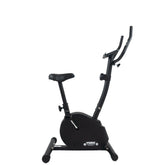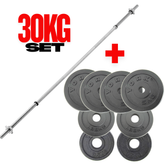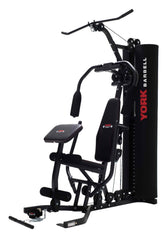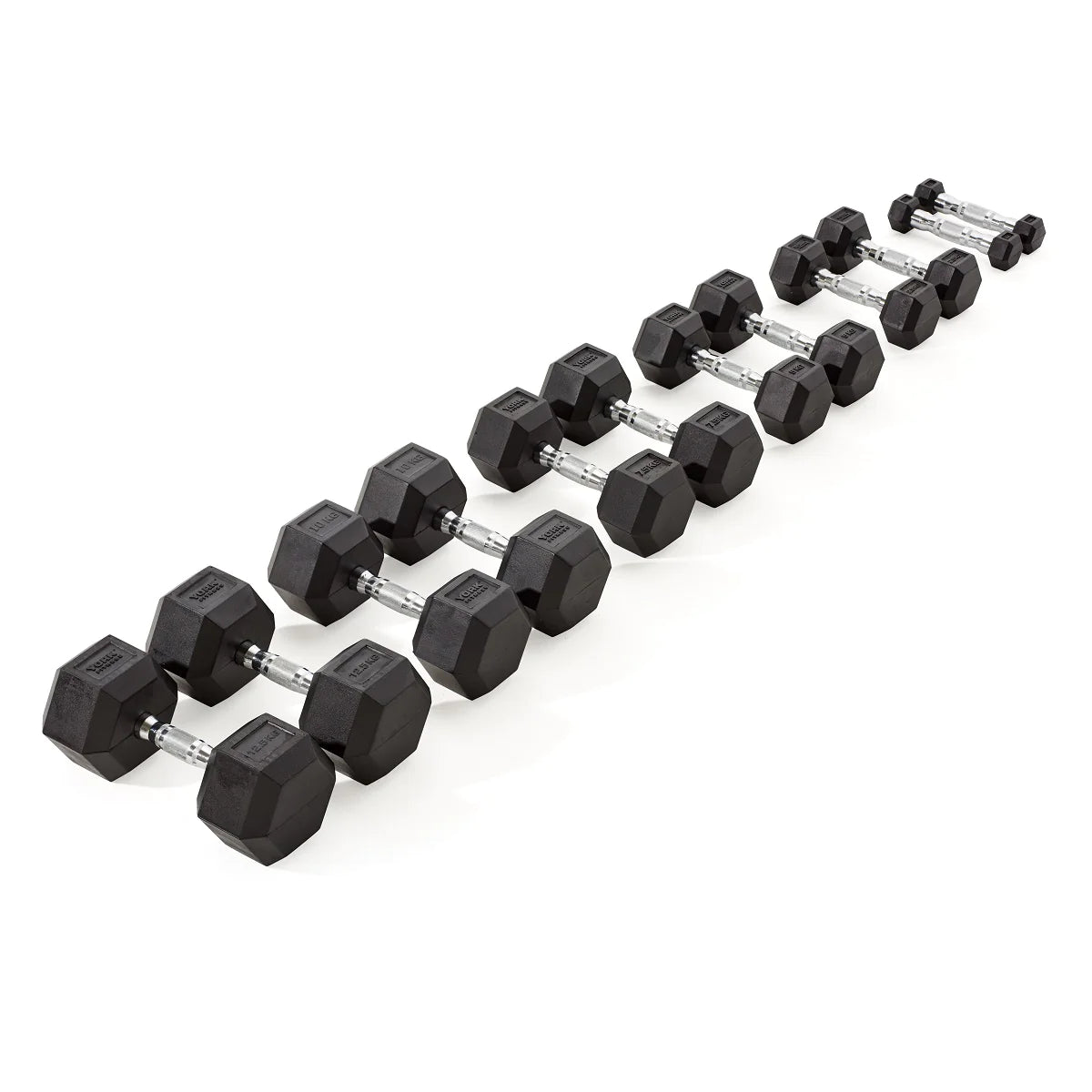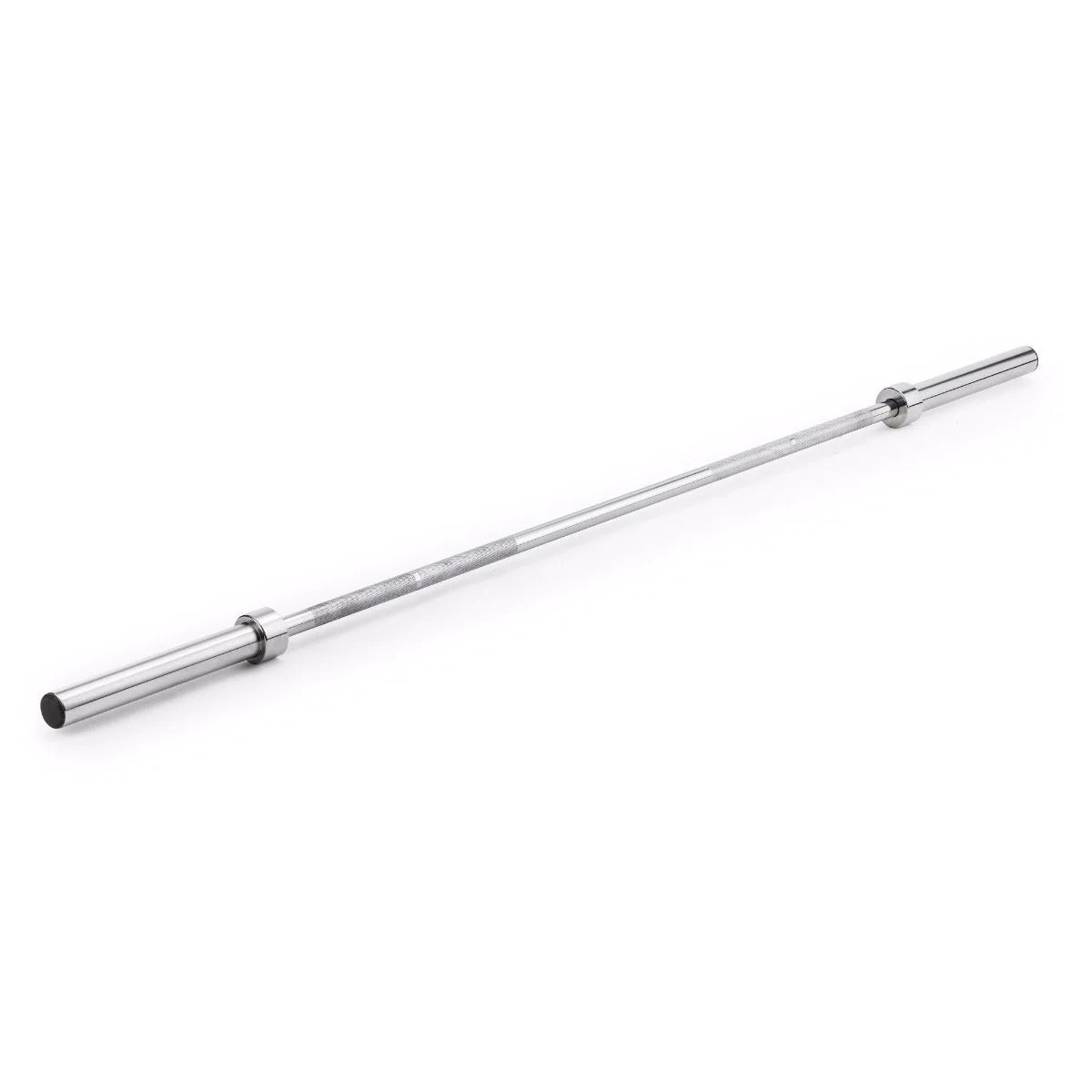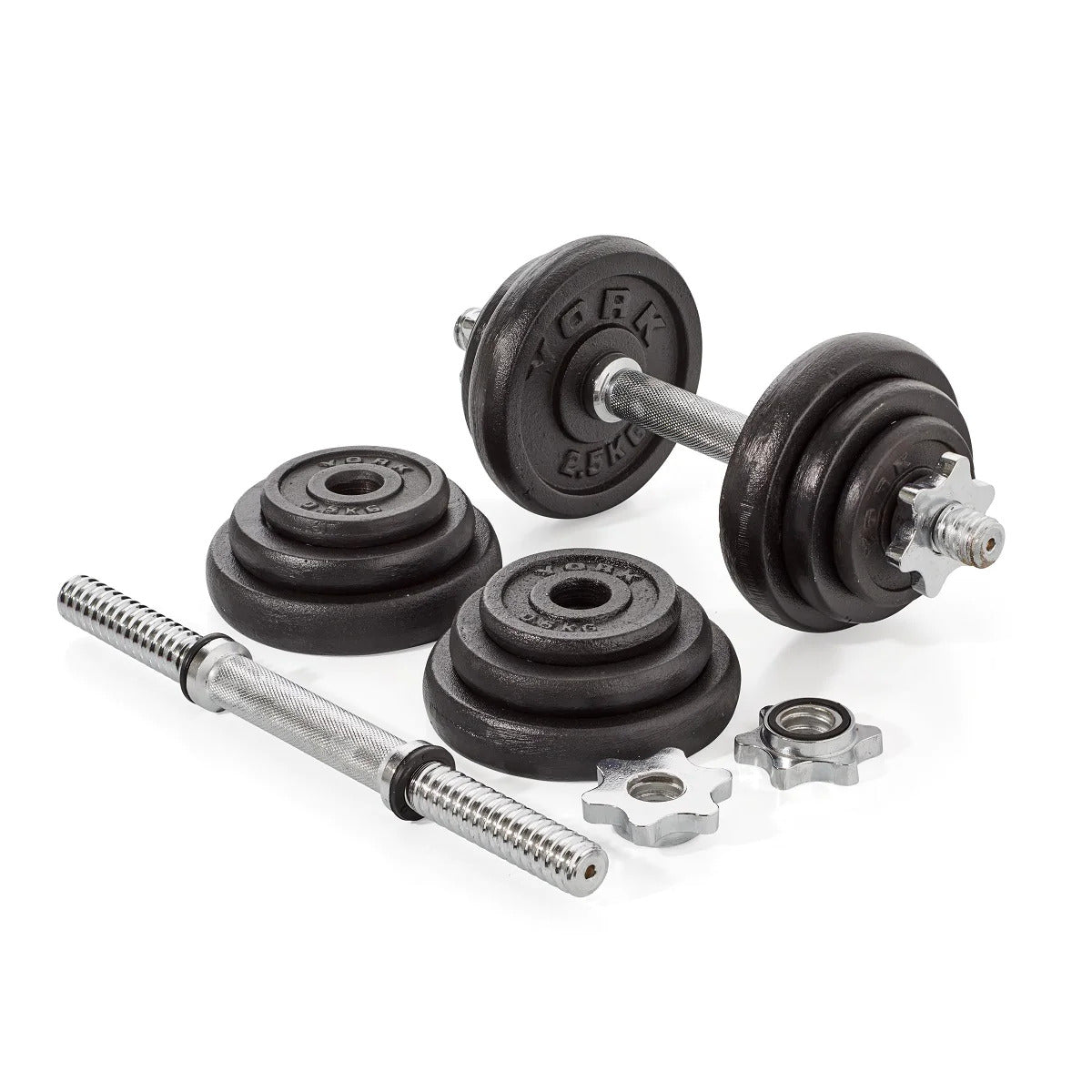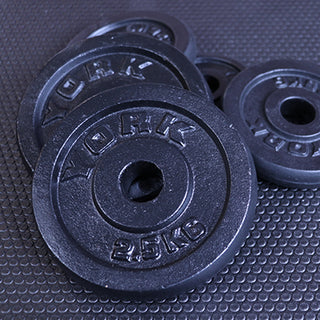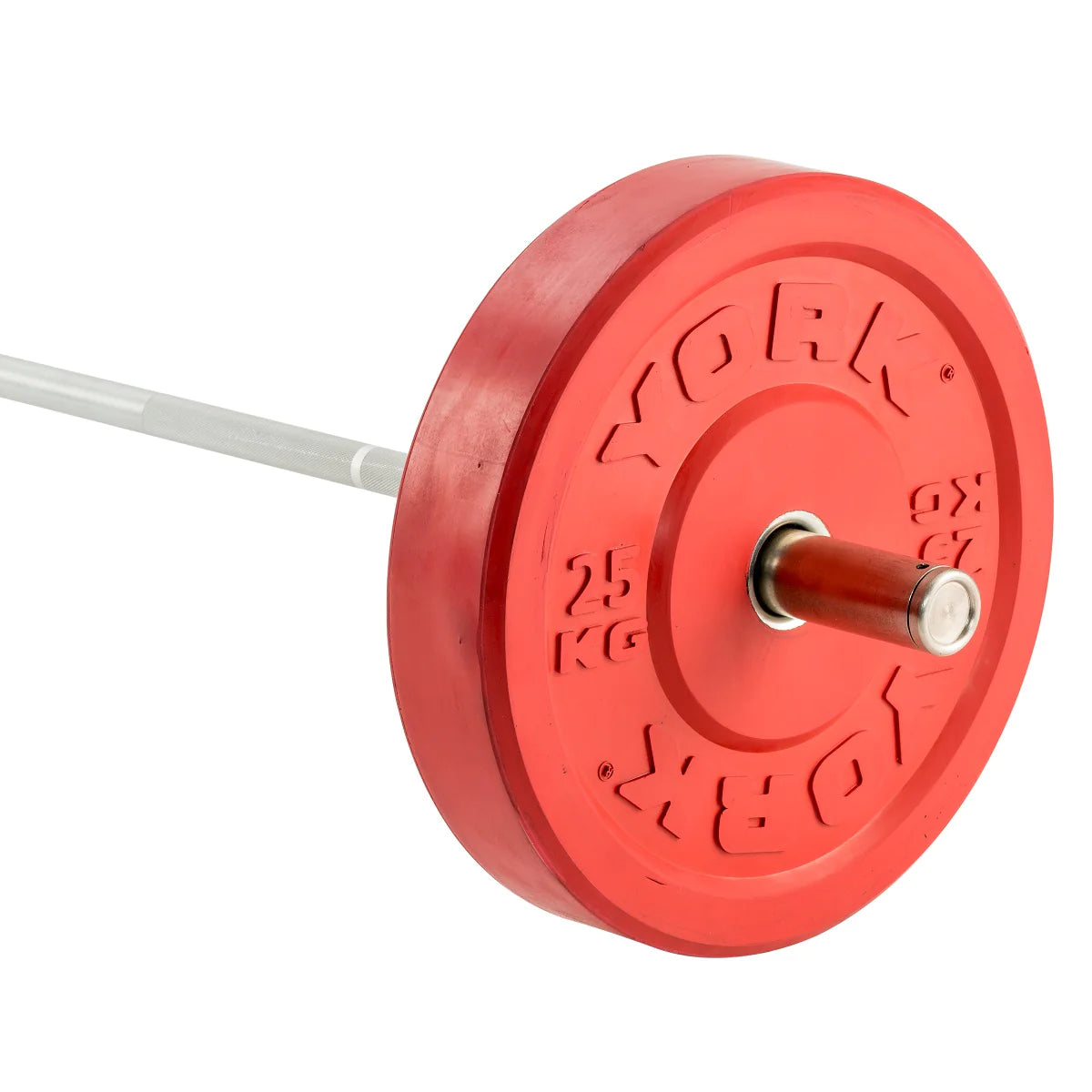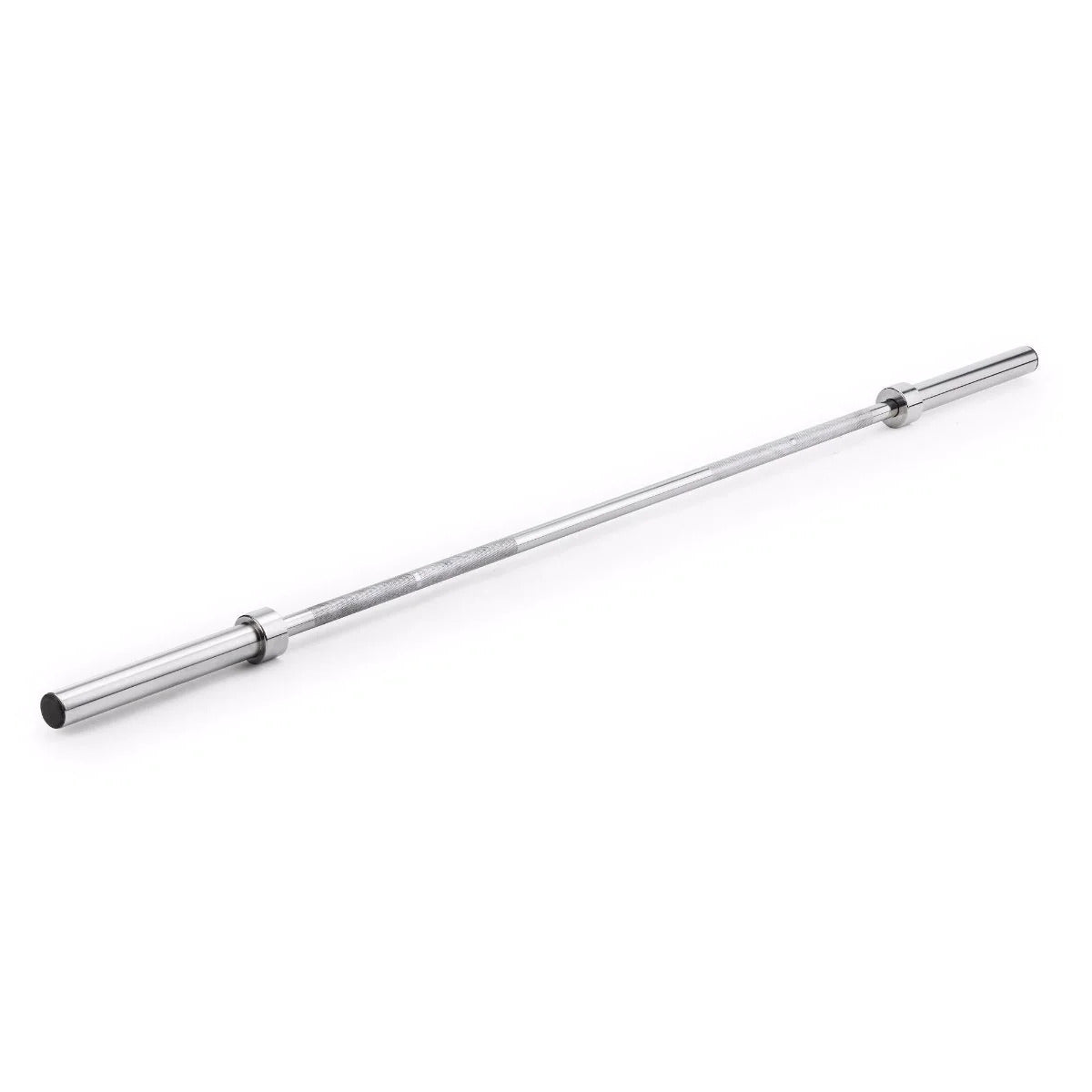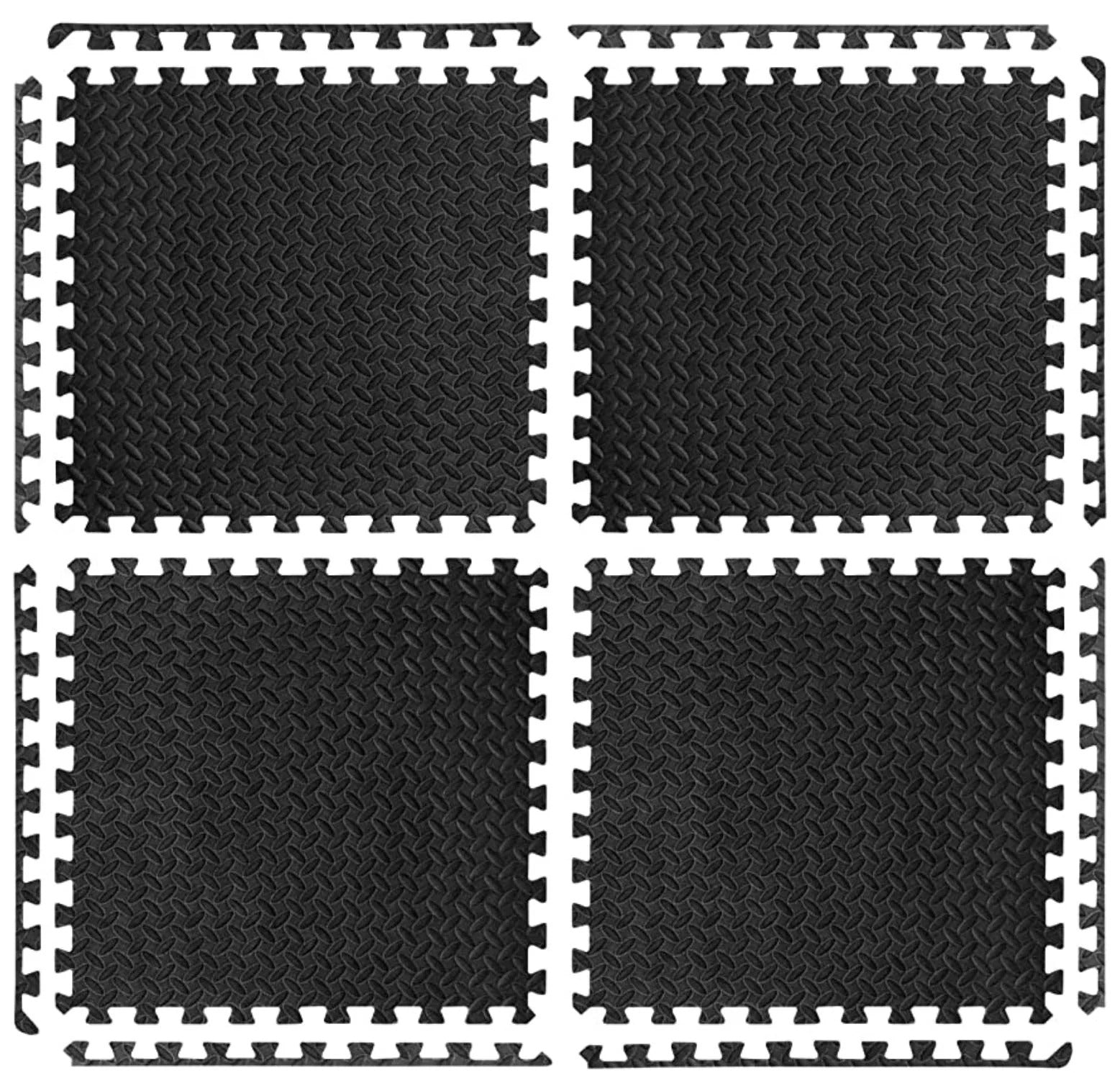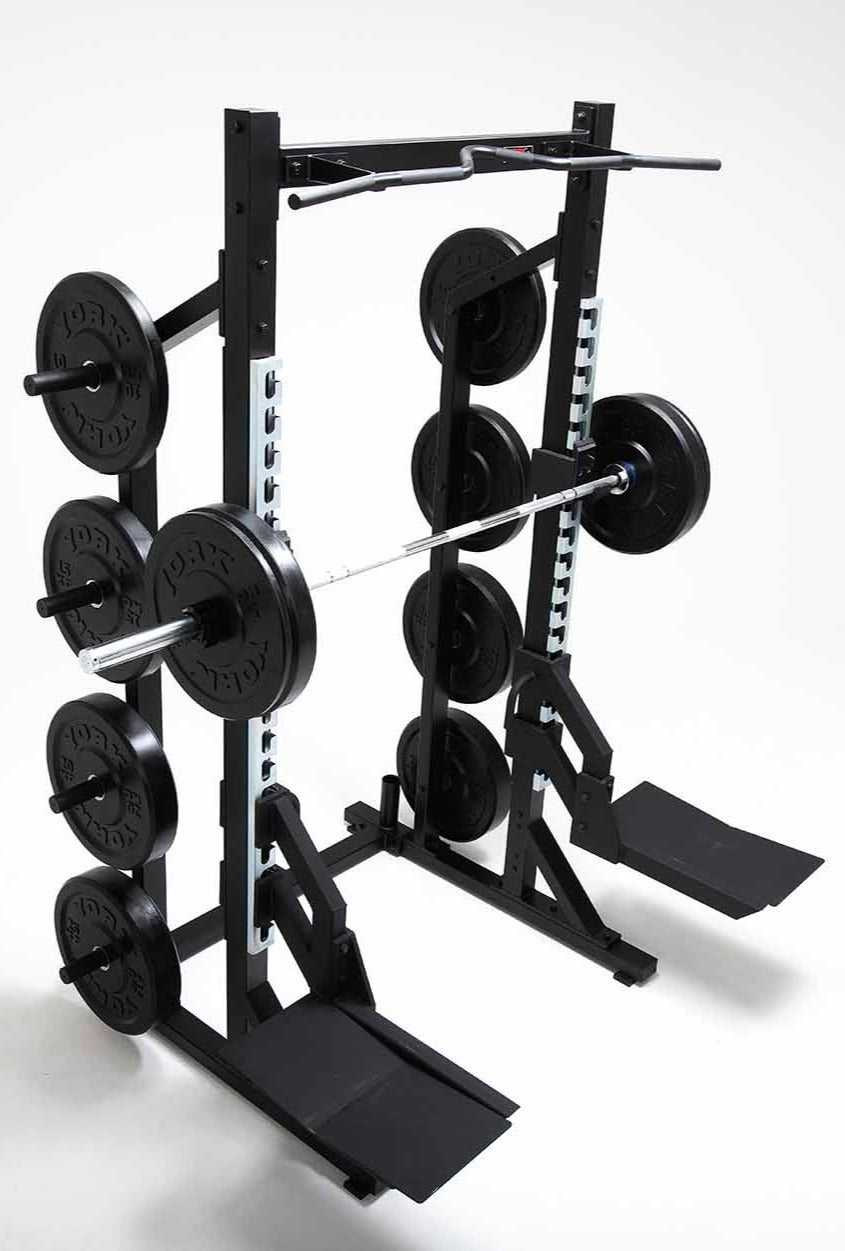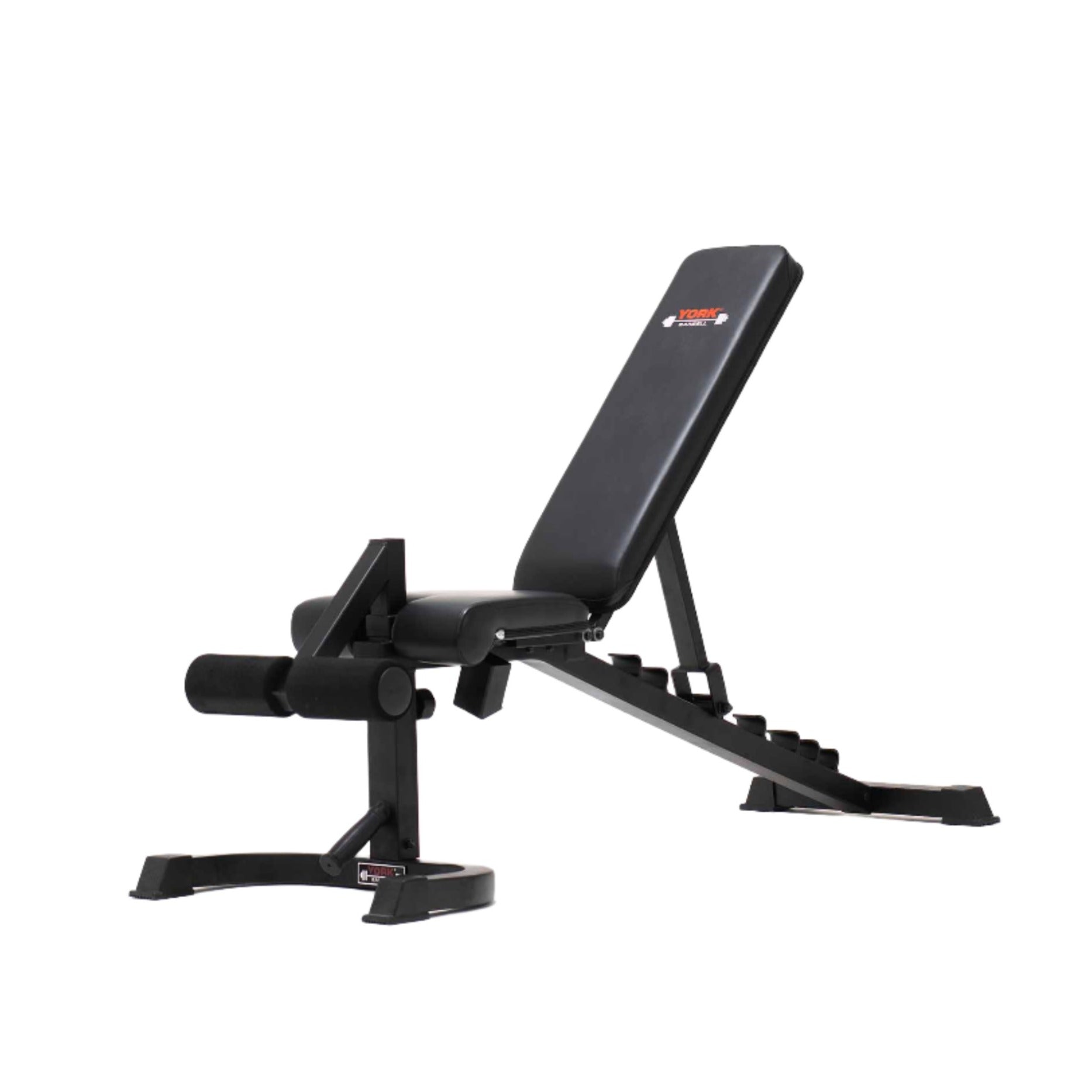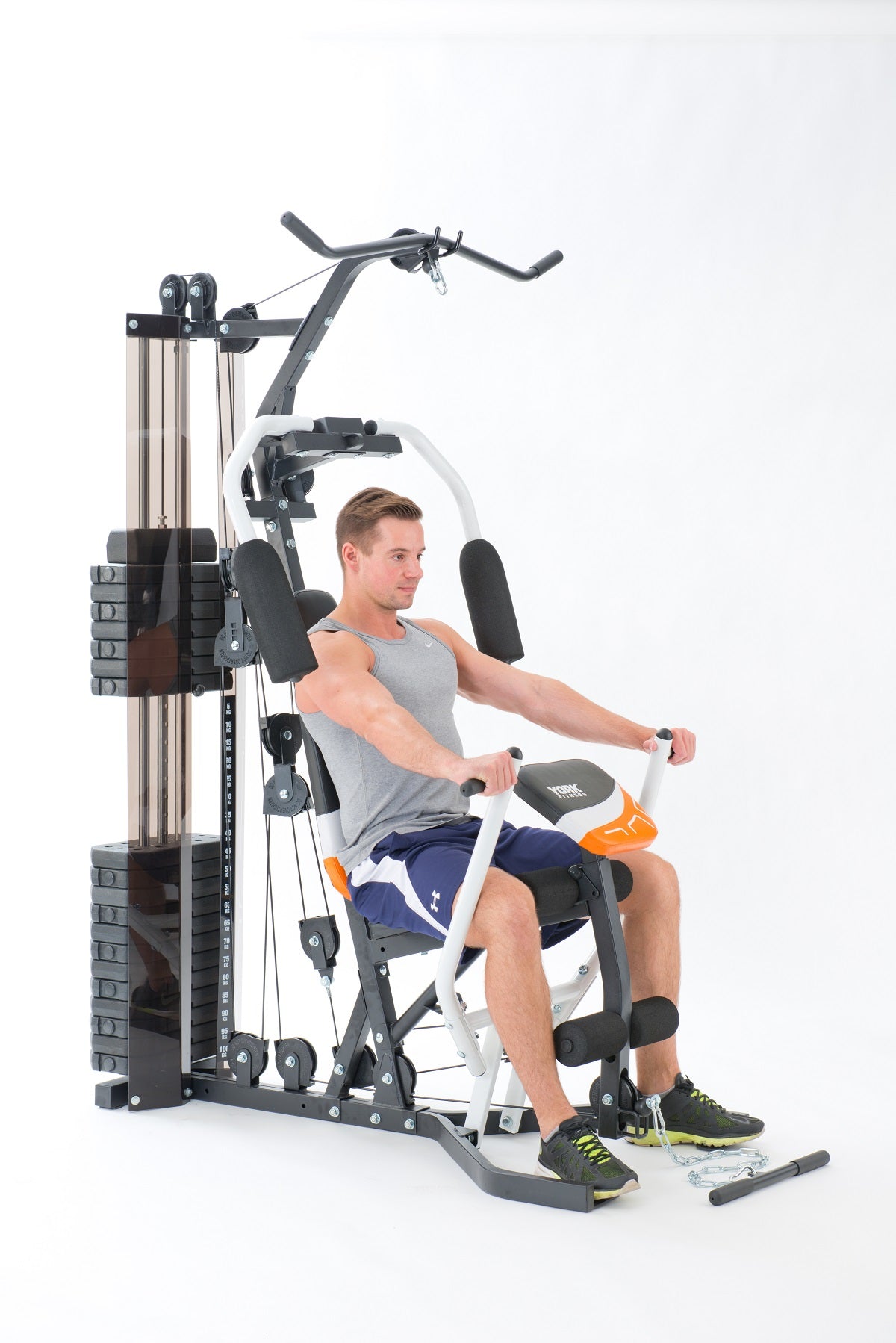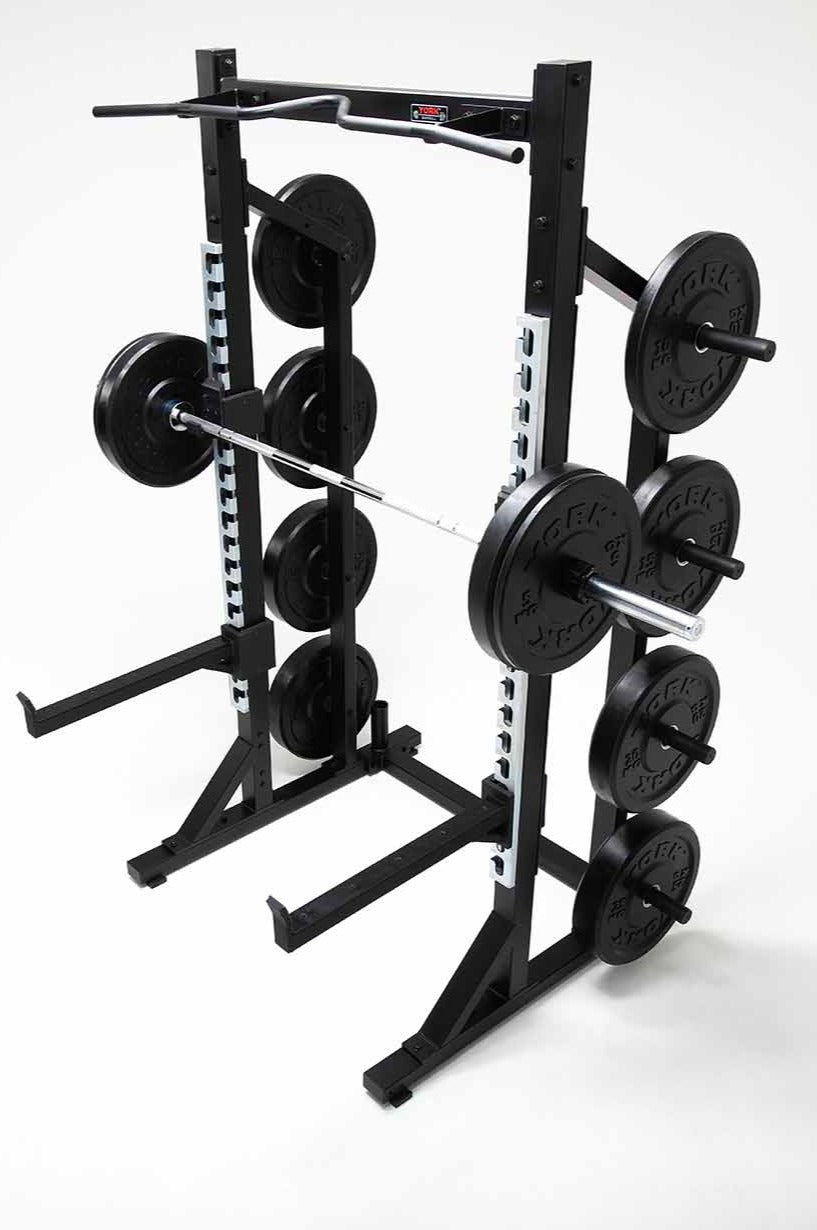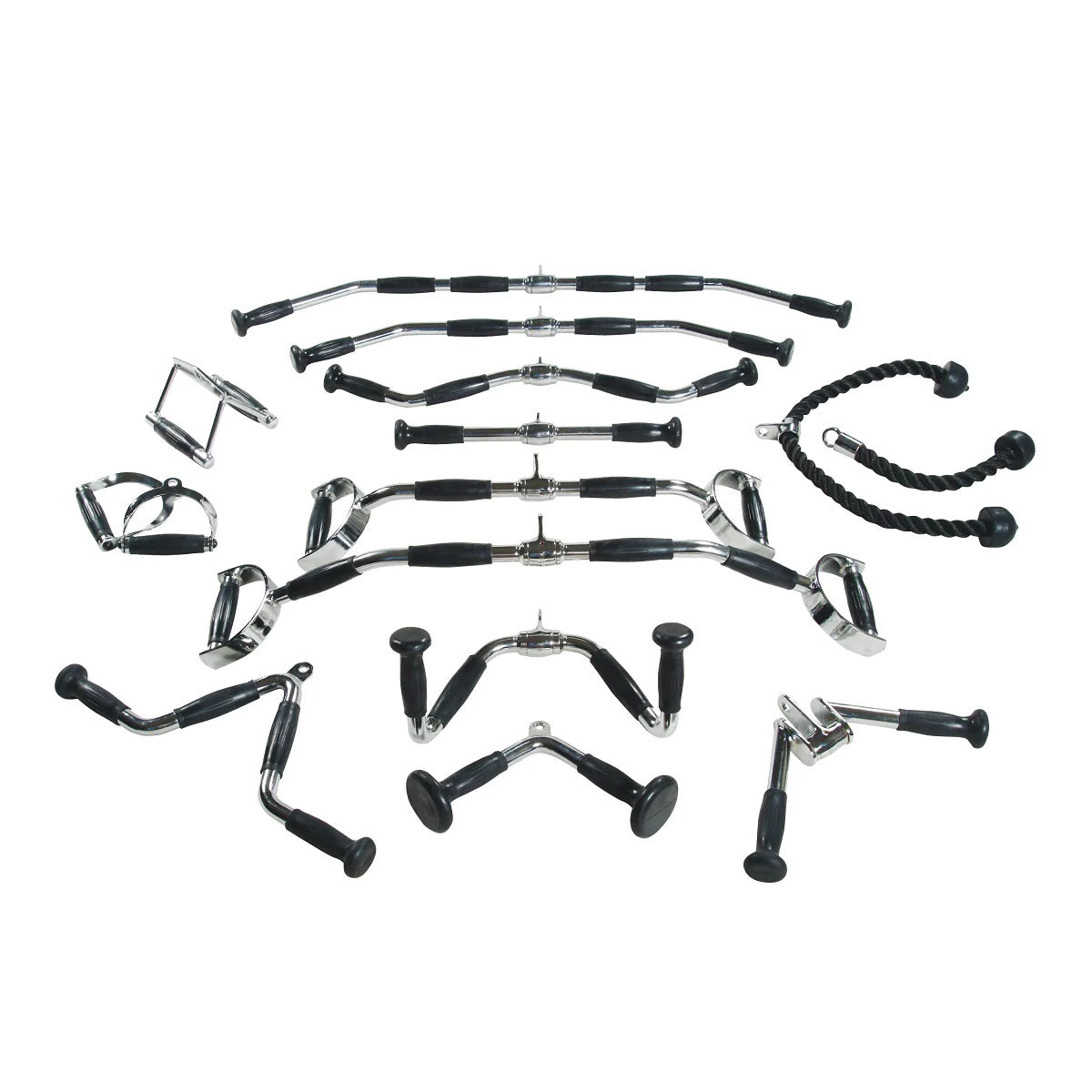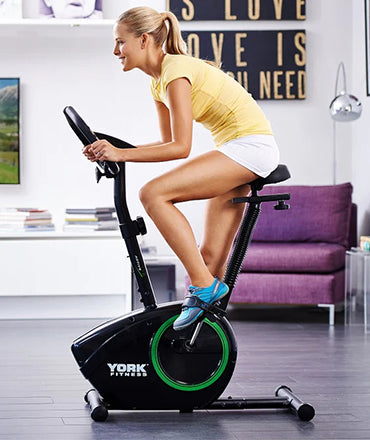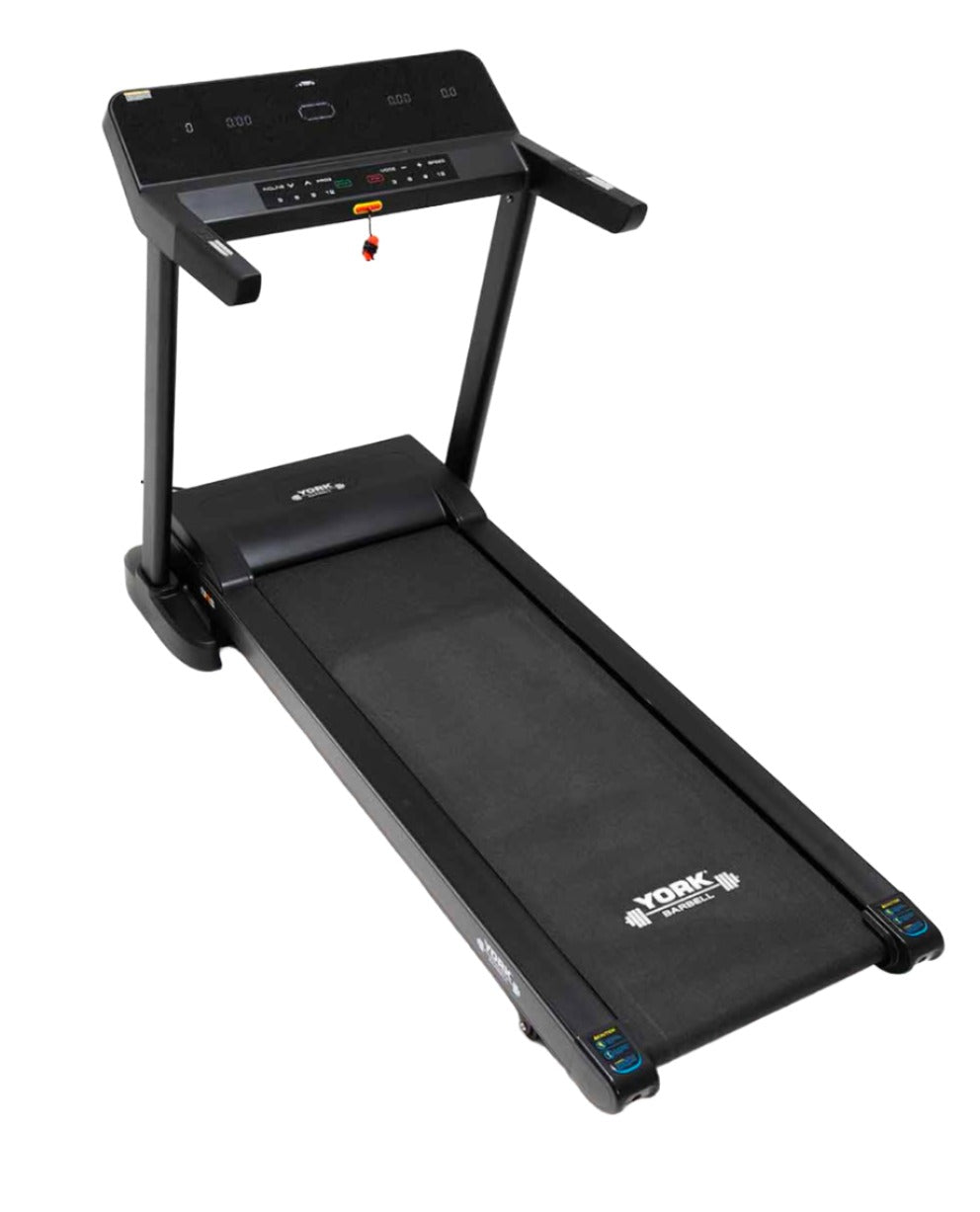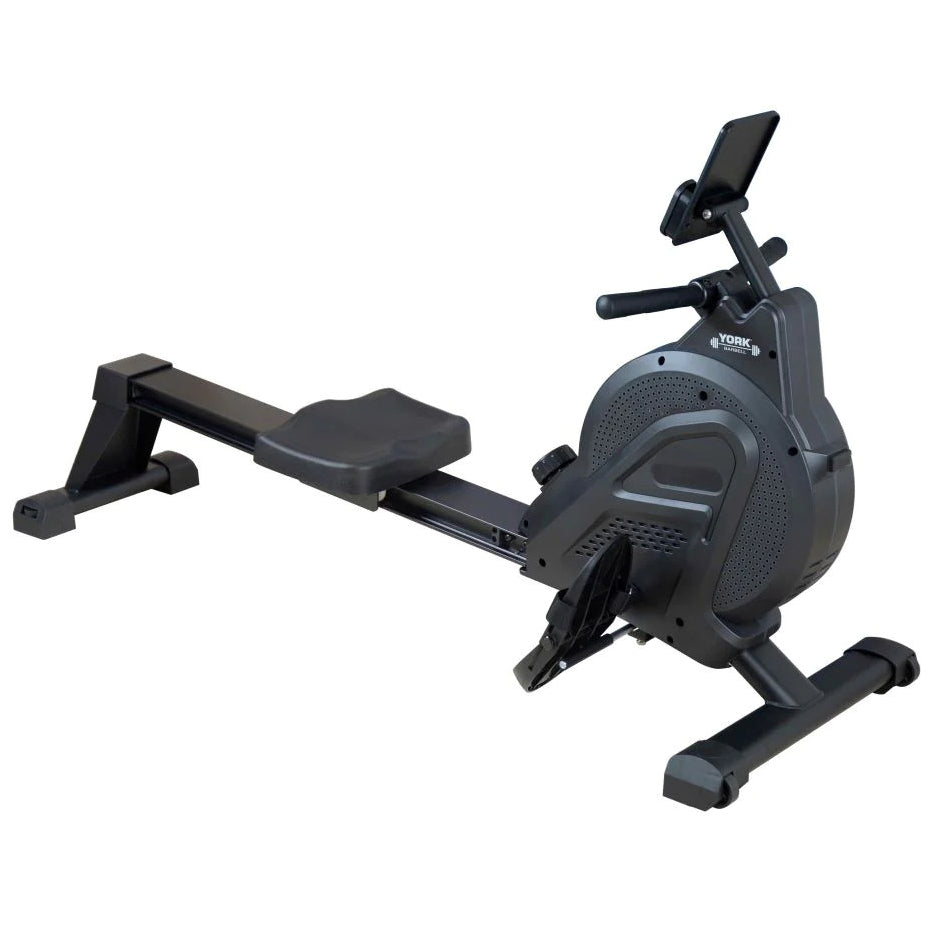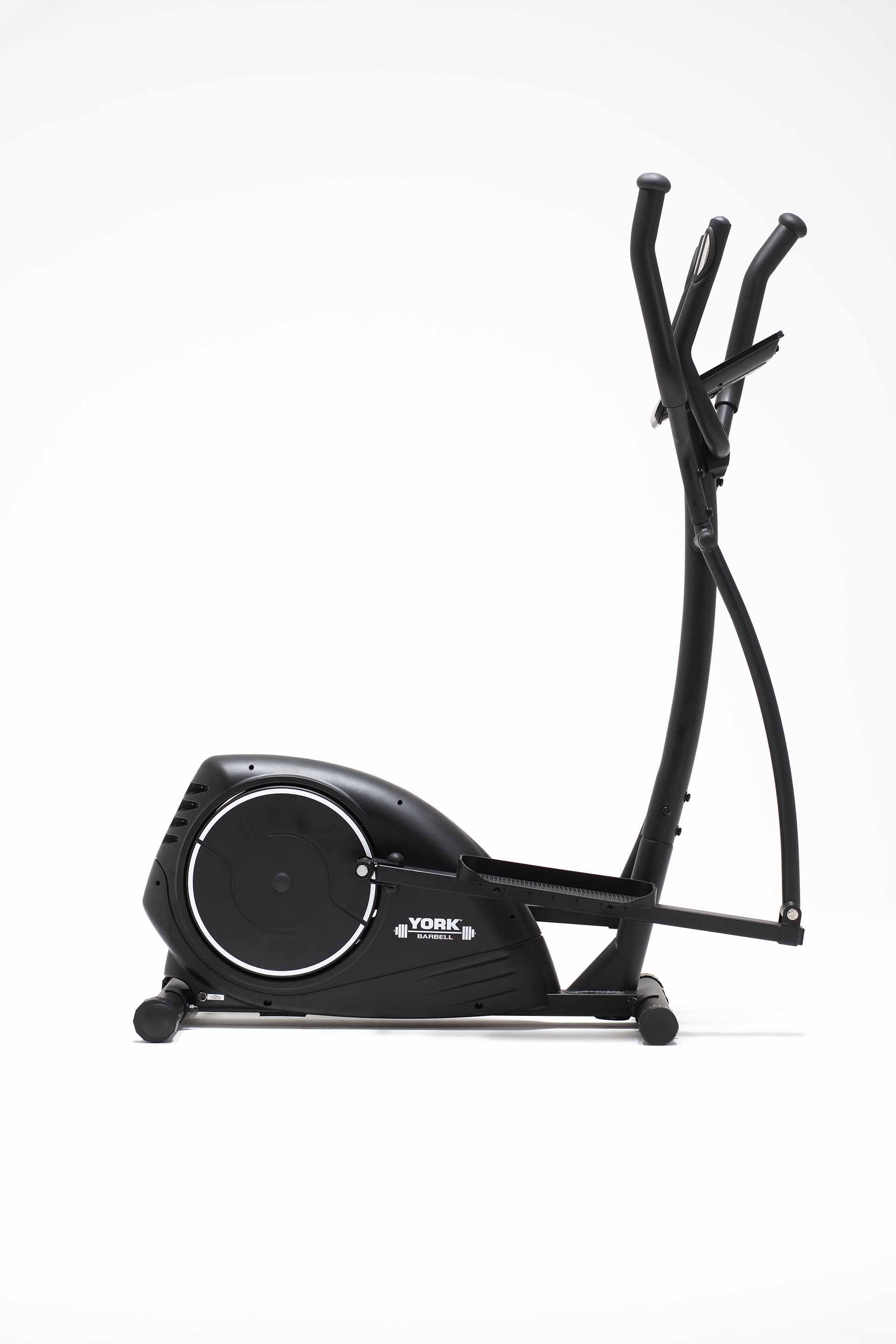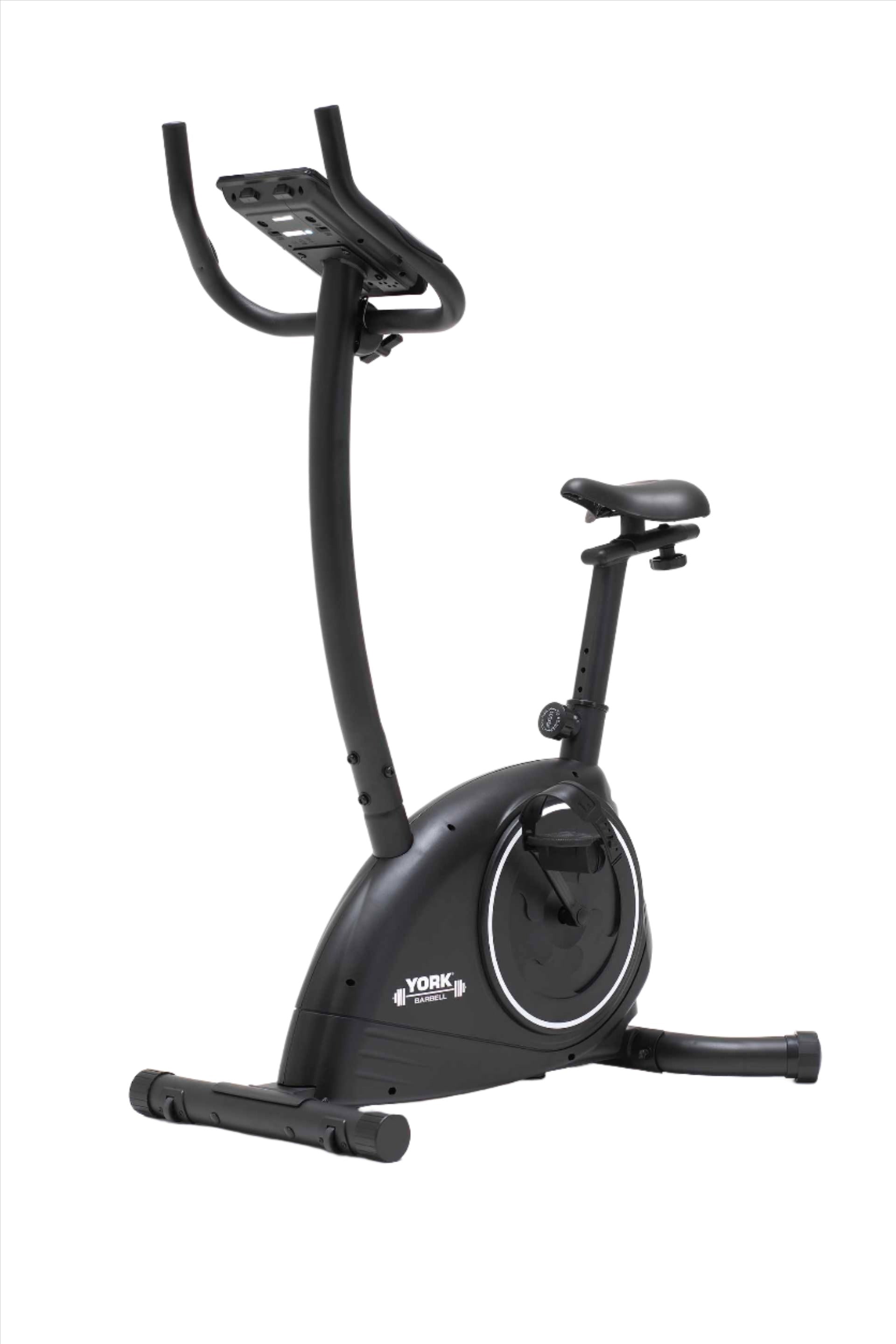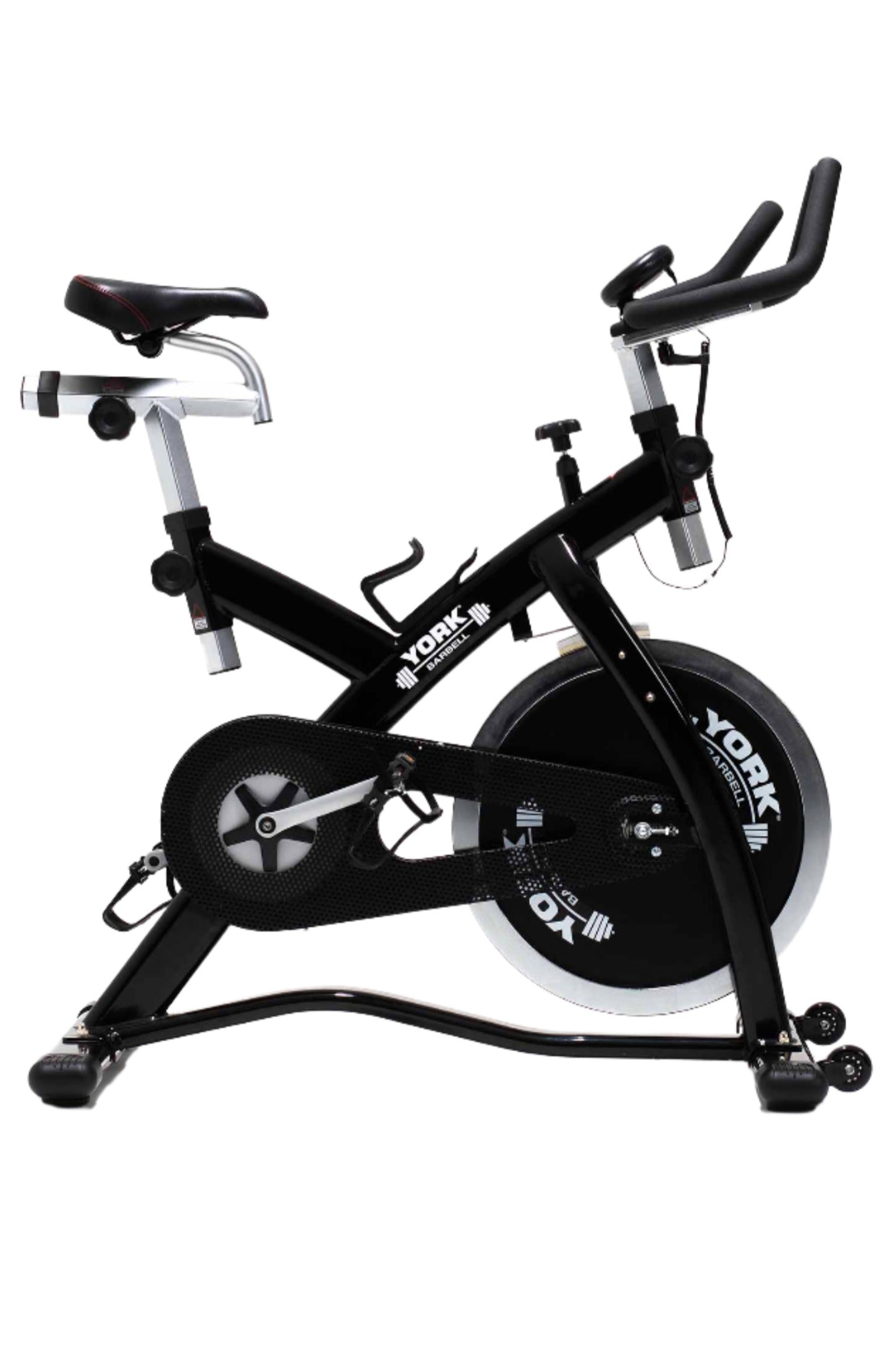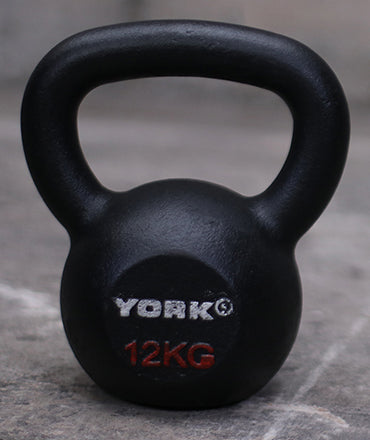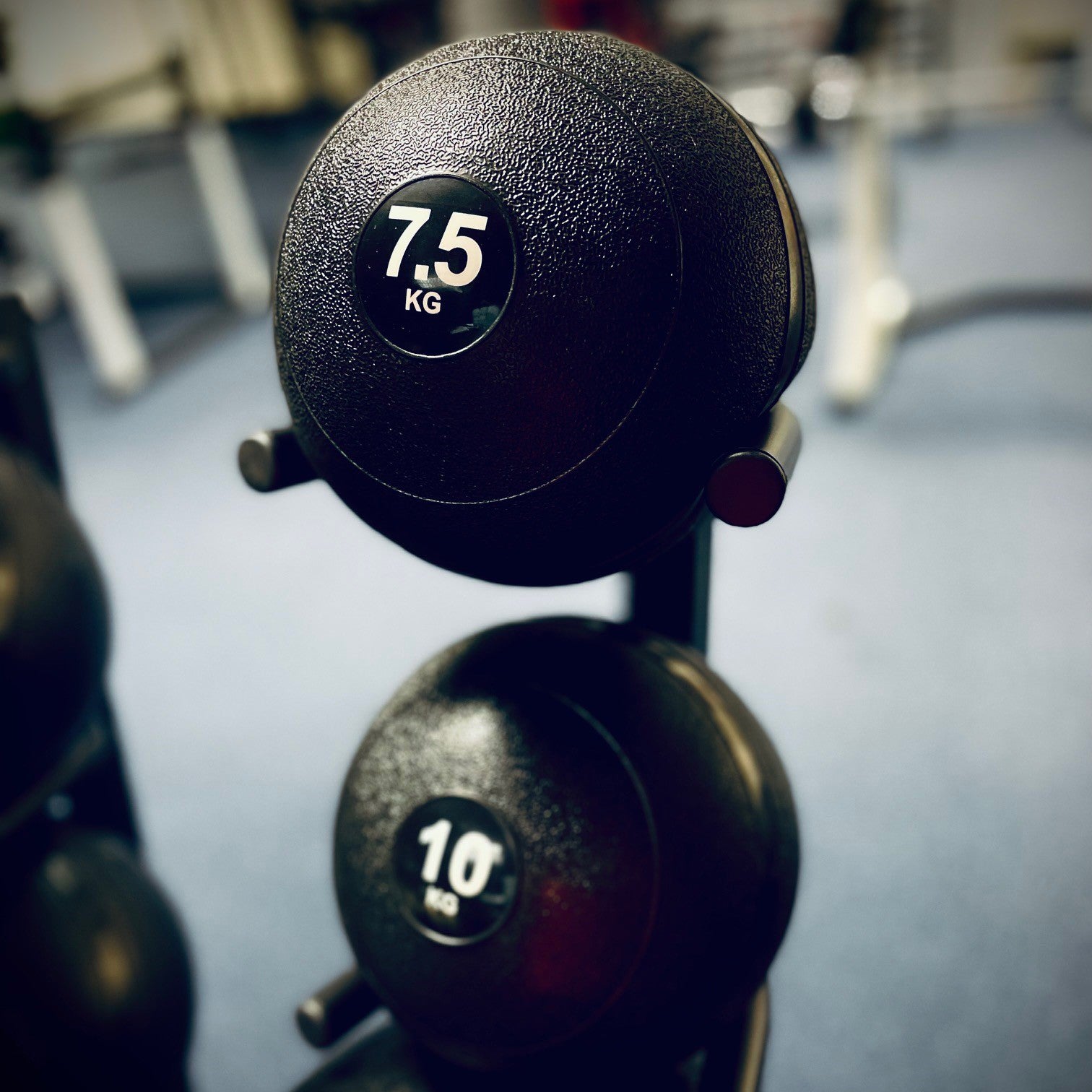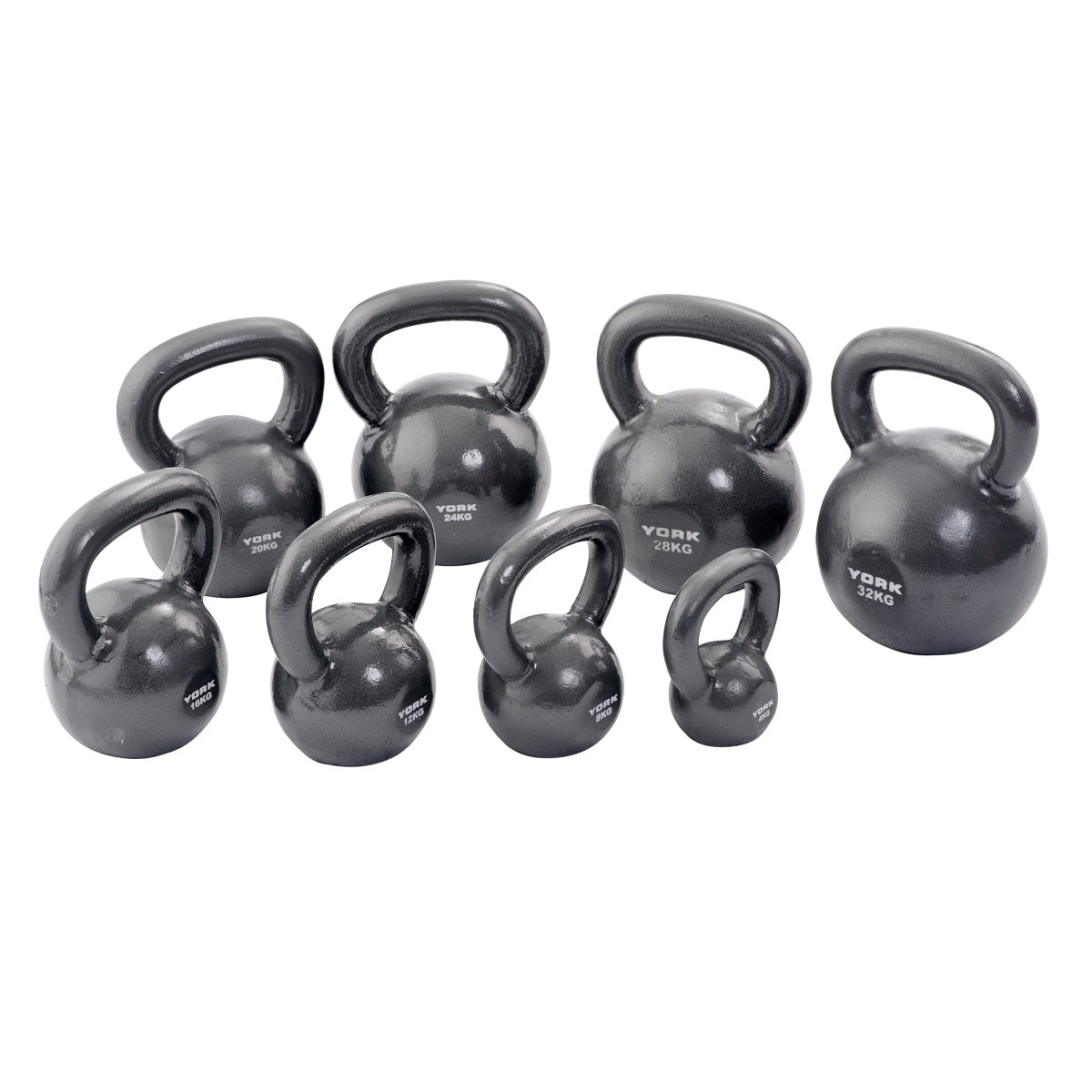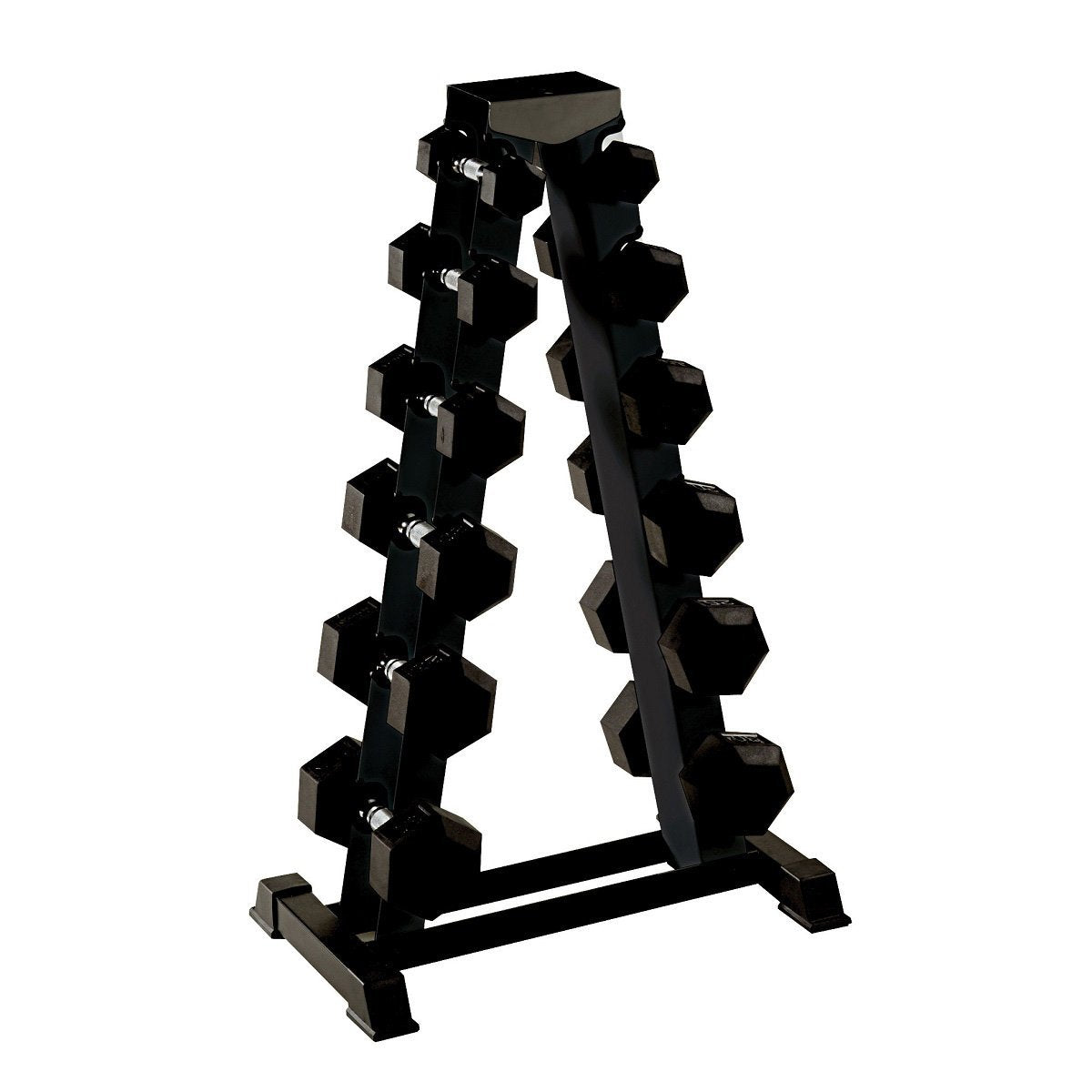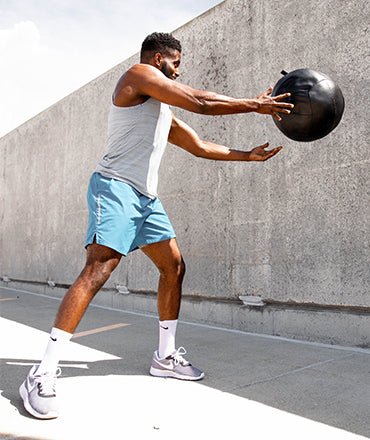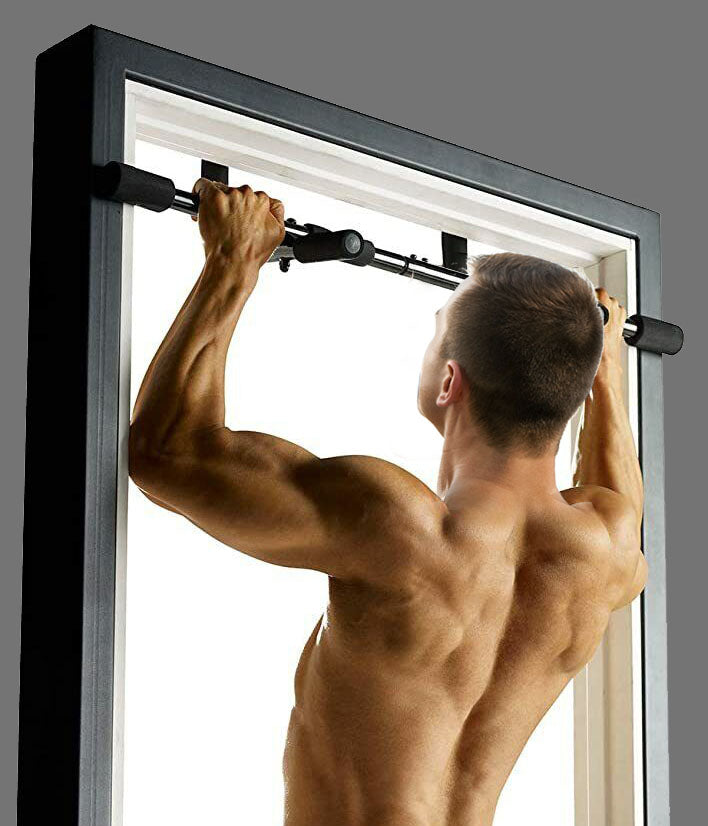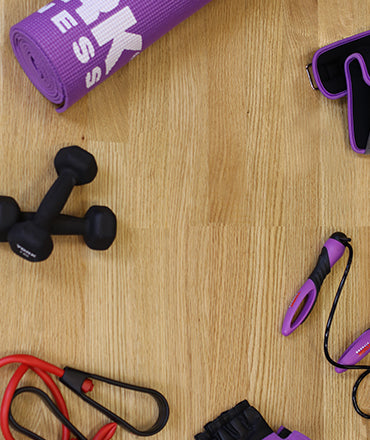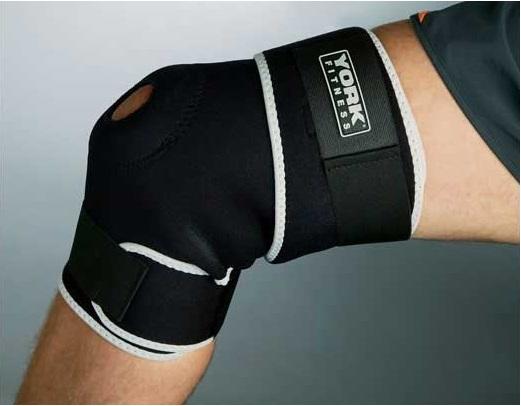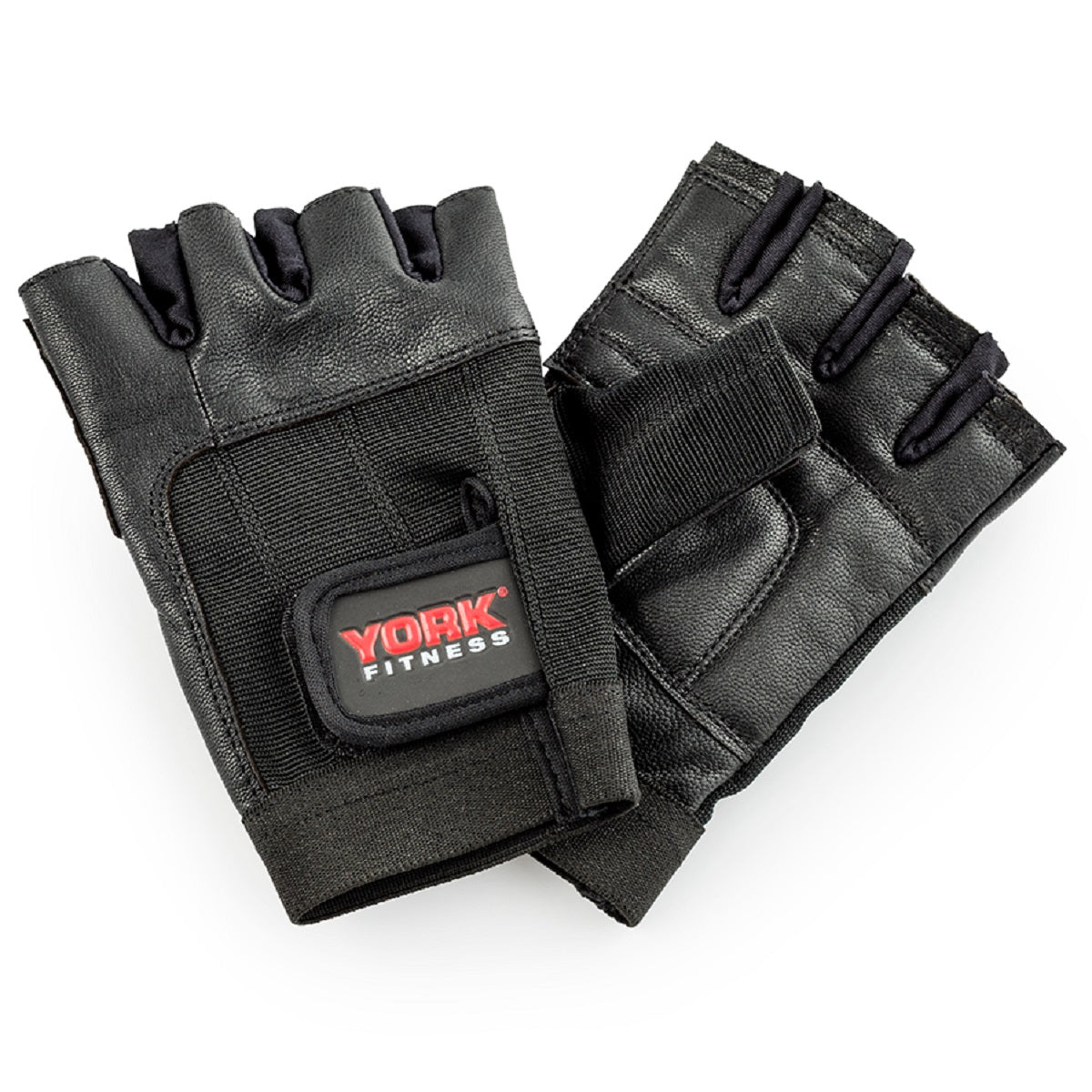Fitness is generally defined as your ability and readiness to perform a specific physical task or exercise. So for example, to be fit for strongman competitions, you need strength, power and muscular endurance. To be fit for marathon running, the strength and power elements are pretty much irrelevant, in this instance you need cardiovascular fitness and muscular endurance. Likewise, good 100 meter sprinters don't need either of these marathon runner attributes, conversely they need speed and power.
But this article is answering the general question: what are the components of fitness? Although fitness is specific, it can also be referred to in a general sense. How often do you hear the phase "he's fit" or "she's fit"? This overall definition of fitness can actually be measured and defined, by breaking it down into the components of fitness.
The Physical Components of Fitness
Traditionally fitness was referred to by five physical components:
1. Cardiovascular Fitness

This is the body's ability to create muscular movement through the supply of Oxygen to the muscular system. This involves several physiological components: the heart, the lungs, the blood and the arteries and veins that carry the blood. In order to have good cardiovascular (CV) fitness, you need the entire CV system to be working efficiently. All exercise involves the CV system to some extent or another, however the cardiovascular system will tune its efficiency for the demands that are put on it. In order words, if you train a lot of weights, the CV system will become good at dealing with heavy loads for short intervals and less efficient at low-intensity sustained exercise. This is why it's impossible to be really good at everything!
2. Muscular Endurance

This is the ability for your voluntary muscles to perform repeated contractions against resistance over time. There are several factors that affect how well this can happen. Your genetic make-up will be the biggest factor in muscular endurance, this is due to your genetic ratio of muscle fibre types. If you have a greater proportion of slow twitch fibres, you'll naturally be better at sustained low-resistance exercise, such as long distance running. If you have a higher proportion of fast twitch fibres, you'll naturally be better at higher power, shorter duration exercise, such as weight lifting. This doesn't mean to say you can't change your ratio through training, but it just means you're naturally suited to one type of exercise more than the other. Interestingly muscular strength also plays a role in muscular endurance. Stronger muscles will work more efficiently and require less Oxygen for function, thus improving endurance.
3. Muscular Strength

Is simply the maximum force that your muscles can exert against resistance. This depends on several factors, such as the total amount of muscle you have, the type of muscle fibres, the ability of your central nervous system to activate these muscle fibres cohesively, the efficiency of the individual muscles and your general anatomy (limb lengths, bone density, joint health and connective tissue strength). Strength also needs to be applied over time, so it's also linked to your muscular endurance. Strength is generally tested by measuring your 1 maximum repetition (1RM) in a certain exercise (traditionally bench press for upper body and leg press for lower body). Again you can improve all of these factors with regular resistance training, generally the greater the resistance the greater the strength gains, but this is an over simplification.
4. Flexibility

The range of motion in a muscular system is determined by flexibility. Considering that a greater range of motion results in smoother, more efficient movements, it's easy to see why flexibility is one of the components of fitness. Muscles are less powerful at the ends of their range of motion (ROM), so by increasing flexibility you are increasing the capacity of your muscles to exert more force over a wider ROM. Greater flexibility also reduces the strain on muscles within their normal ROM, thus reducing the chance of injuries. Flexibility can also allow for movements that those with poor flexibility simply can't do, the classic leg splits is a good example of this.
5. Body Composition

This is your physiological make-up, such as your body-weight, height, body-fat percentage, skeletal morphology, muscle and connective tissue mass. Again this is heavily determined by genetics, but as with all components of fitness, it can be changed. To see how this affects your ability to perform certain exercises/sports just picture a sumo wrestler trying to run a marathon or a marathon runner trying to wrestle a sumo wrestler!
So these are the physical components of fitness, but what about the skill related components? There's six generally agreed-on skill-based components of fitness:
Skill-Based Components of Fitness
1. Agility
The ability to change your body position quickly and under control. Not so important for simple weight lifting, but very useful for sports, where your movements are affected by your opponents and the ability to change your body position quickly and maintain control are essential.
2. Balance
The ability to keep the body's centre of mass above and in-line with the base of support. Good balance is developed by practicing movements at the limit of your own balance and is crucial in certain physical tasks and particularly sports. Think of the balance required in boxing to avoid punches and keep your body in a good position to deliver a counter-attack.
3. Coordination
This is the ability to move separate body parts at the same time either synchronously or differently. A perfect example would be tennis, where you're hitting a ball whilst moving. This requires coordination of your racket arm with your legs so that you can strike the ball cleanly whilst moving your whole body into the correct balanced position with your legs.
4. Power
Power is the ability to exert your strength quickly. This is again useful for many sports, where a burst of quick strength could be the difference between winning and losing. For example, a rugby player with more power would beat a less-powerful rugby player if they were grappling for the ball.
5. Reaction Time
The faster your reaction times the more quickly you can react to a given stimulus. This ability is perfect in fast-paced sports where you have to react to the environment around you. A key skill for martial artists, as they need to be able to react to incoming attacks to avoid being hit.
6. Speed
Your speed is simply determined by how quickly you can move parts of your body. Greater speed can lead to better power and also it works in harmony with reaction time to produce quicker responses to any given stimulus.
So these are the eleven components of fitness. Although all of them are affected by your genetics, you can train them all to suit your personal needs better. The most important of these fitness components for those looking to improve their weight lifting, is probably power. If you've never used a power cage for training then it's worth considering. Our FTS Powercage allows you to perform most power lifting exercises safely and with better control. It's a light-commercial grade product so isn't cheap, but is very tough and durable, perfect for the ultimate home or garage gym set-up.
